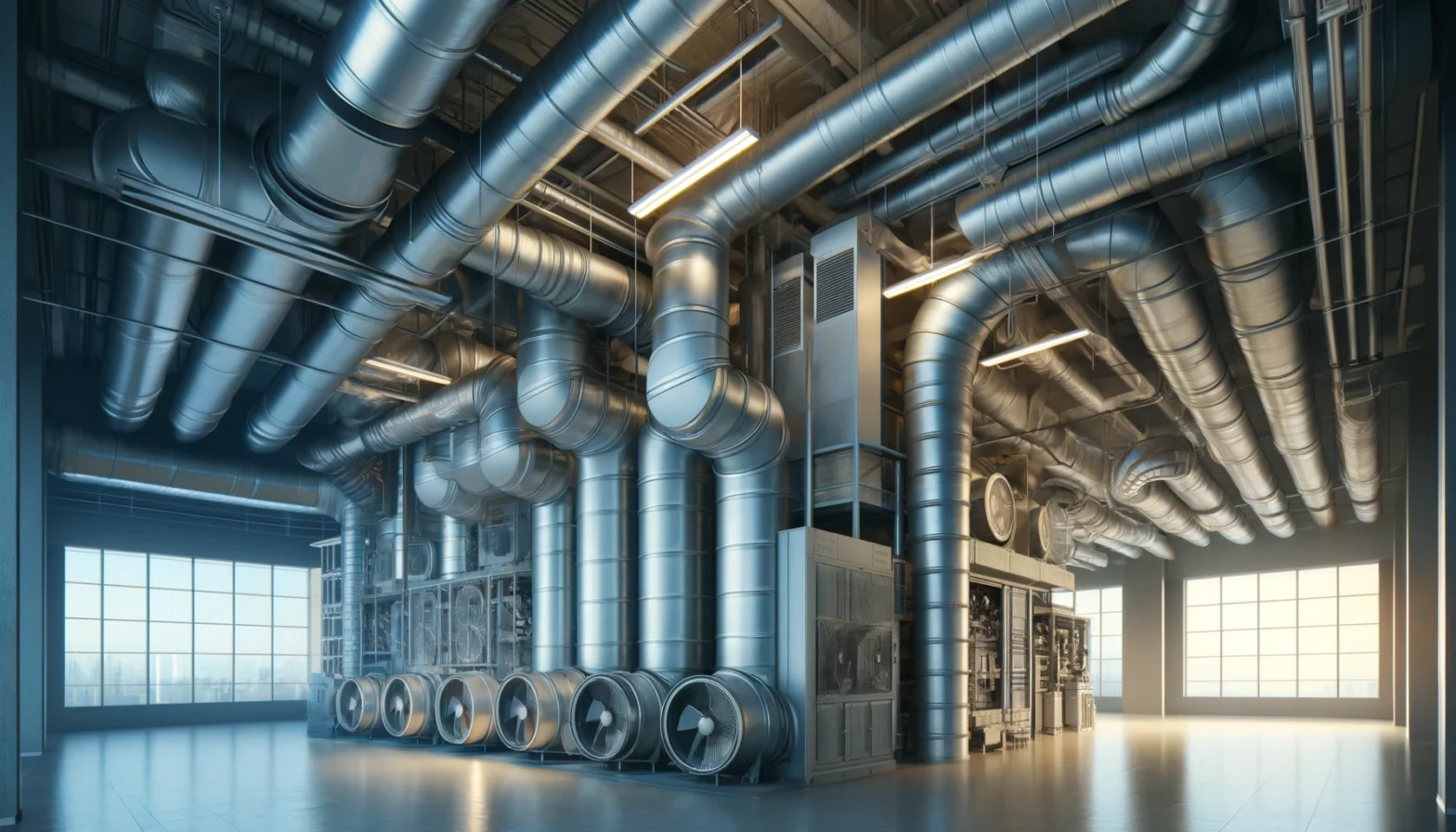Significant changes to Building Regulations Part F came into effect, and it has been taken into account from 15th June 2022 for Commercial buildings. Most building works in England must comply with the Building Regulations 2010. The Building Regulations protect the people’s health and safety in and around the building and regarding water, energy, and space utilisation. Part F of this document focuses on ventilation, updated recently.
From 15th June, the building ventilation rate for offices needs to meet a standard of 10 litres of fresh air per person per second, or one litre per second per square metre, whichever is highest. Common spaces also require natural ventilation, with a total opening area of at least 1/50th of the floor area, or mechanical ventilation to supply 0.5 litres of fresh air per second per square meter of floor space area.
Good ventilation is critical for the health, well-being and productivity of a building’s occupants. In contrast, efficient ventilation is vital to regulate energy costs, which is especially important in this energy crisis.
A YouGov survey commissioned by the Building Engineering Services Association (BESA) reported that 70% of office workers believe that poor indoor air quality harms their daily performance and productivity. In comparison, improved ventilation can boost it by up to 11%. Another report by the Confederation of British Industry (CBI) found that air pollution causes three million lost working days each year in the UK.
Future office buildings must integrate significantly improved ventilation systems to effectively manage occupancy, ensuring optimal air quality and distribution. Prioritising smart sensors for occupancy monitoring and air quality monitoring is essential in achieving this goal. These sensors facilitate real-time tracking of occupancy levels and air quality, enabling swift adjustments to ventilation systems as needed. Maintaining a balance between occupancy and ventilation rates is critical for creating a healthy indoor environment. Ventilation is also enhanced by maintaining sufficient spacing between occupants. Office workers must remain spread out and not confined to small areas for long periods, which could lead to inadequate ventilation. Opening windows is another effective way of boosting air exchange rates where possible.
The advantages of real-time occupancy monitoring in this context are boundless. Real-time monitoring of occupancy and activity levels empowers building managers to regulate indoor air quality based on the number of occupants present. However, it’s important to note that a higher ventilation rate may result in increased energy consumption or wastage, whether through natural or mechanical means. Monitoring the real-time number of occupants allows building or sustainability managers to improve air quality efficiency per person while simultaneously controlling energy consumption.
Furthermore, traditional CO2 sensors have exhibited subpar performance in open-plan offices. These sensors typically experience a time lag of minutes to reach the specified concentration levels of contaminants, including CO2, CO, NO2, O3, VOCs, and PM2.5. In contrast, DIREK’s smart occupancy monitoring sensors offer a rapid response time in mere seconds.
Once DIREK’s smart sensors are installed, they can seamlessly integrate with DIREK’s AI-powered analytic dashboard through DIREK-D Edge gateway. This enables any team member to access comprehensive data, including the number of occupants, activity levels, CO2 concentration, temperature, humidity, and space utilisation, all in one place.
DIREK’s smart occupancy monitoring solution provide real-time and historical occupancy insights with graphs, charts and analytics to identify any hot spots or problem areas. Additionally, a smart alarm feature can be configured to alert occupants when indoor air quality deviates from the optimal zone, prompting prompt action to maintain a healthy indoor environment. Managers can also identify any issues with the HVAC system or the office space that are either under or over-utilised, thus maximising energy efficiency.

